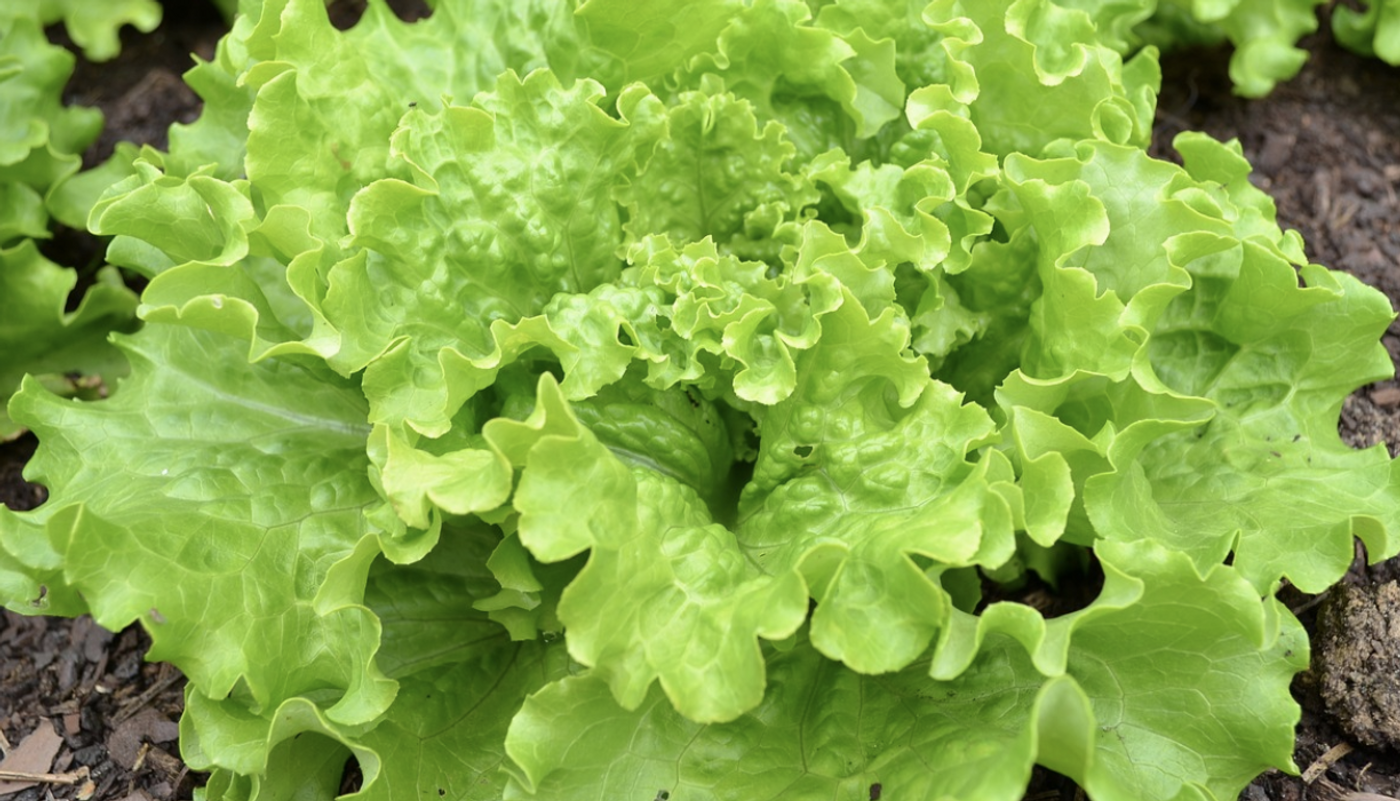The History of Lettuce Domestication Told Through DNA
As climate change challenges the agricultural industry, scientists and farmers may have to genetically engineer crops that are more resilient to drought or heat to maintain our food supply. Research like a new study in Nature Genetics, which outlines the genetic history of lettuce domestication, may help us develop hardier plants.
All of the plant foods we eat today had to be domesticated at one time. Farmers found versions of plants that had the characteristics they wanted; maybe they tasted especially good, were easier on the stomach, or they lacked tons of seeds, and the farmers focused on breeding more of these favorable varieties. Lettuce is no different.
Around 6,000 years ago in the Caucasus region, people were growing wild lettuce so they could use it to harvest plant oil from their seeds. The Greeks and Romans liked these leaves, even though they carried thorns, so they bred them further as leafy vegetables. Eventually, these leaves ended up on people's plates. More breeding over the years would turn smooth lettuce leaves into hard iceberg lettuce.
There are probably about 2,500 different kinds of lettuce, about 1,500 of which are grown and sold commercially while about 1,000 grow as wild plants in different environments. A collection of these different lettuces is maintained by The Center for Genetic Resources, the Netherlands (CGN), a Dutch gene bank that's part of Wageningen University & Research (WUR). In this study, a team of researchers isolated and analyzed DNA from 445 different kinds of lettuce.
According to this research, modern lettuce varieties seem to have the most in common, genetically, with a wild ancestor called Lactuca serriola from the Caucasus. Slowly, lettuce plants migrated through Europe as the Roman Empire moved. The researchers were able to plot the plant's transition from seed crop to leaf crop. See a map of that movement here.
The scientists also identified when iceberg lettuce, a relatively recent variety, diverged from butterhead lettuce, which is ancient by comparison, in the wild Lactuca virosa.
There was a rigorous effort to select traits that made it easier to grow the plants, and made them more palatable to eat. Farmers also ensured the spines and thorns were lost, an alteration that also reduced genetic diversity in the regions of DNA where those traits are encoded.
The study authors noted that gene banks are valuable resources that can help us protect biodiversity. That diversity can only help us ensure that food production will continue as the world's population increases and climate changes.
"Determining the DNA order of the material, in our collections and others enables science to trace the traits hidden until now, in thousands of varieties and wild populations of lettuce and other crops. In doing so, we have obtained the key to an enormous treasure chest. For instance, imagine that research indicates that certain genes are important for resistance against drought or a certain disease. Then you would be able to search in the DNA data for genetic resources that have genes that look very similar and, using those resources, you could breed plants much quicker and more effective than what was previously possible. That is nothing short of revolutionary," noted study co-authors Rob van Treuren and Theo van Hintum of WUR.
Sources: Phys.org via Wageningen University, Nature Genetics









